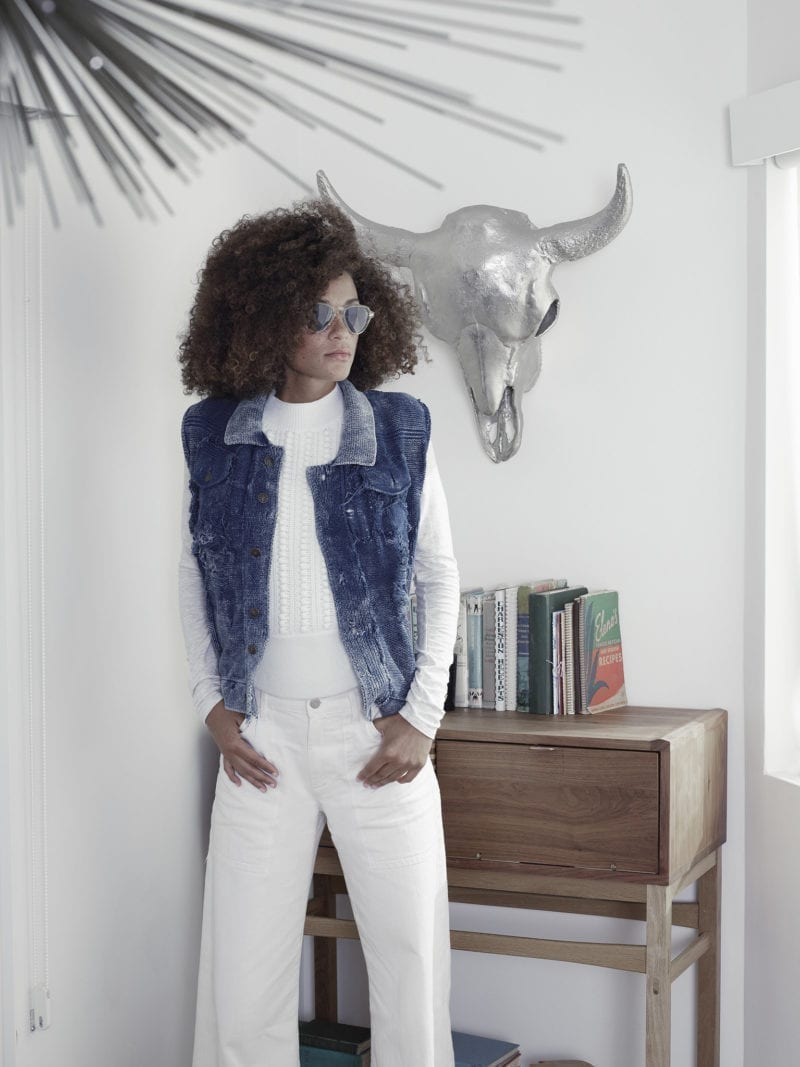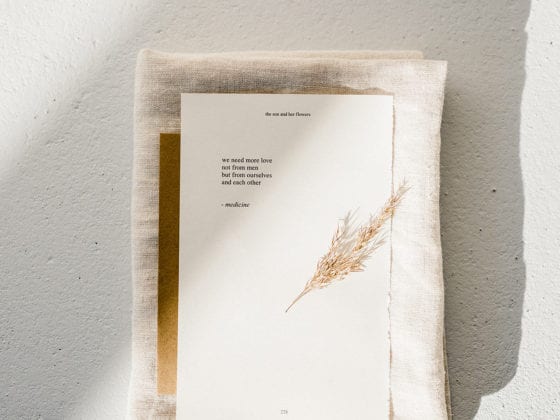Growing up as a foreign national meant cramped apartments and basement suites, shared bedrooms and hundreds of rules. No pets. No nails. No custom-painted walls.
Early adulthood brought a series of college dorms and roommates—another four years of living as a guest. I think that was all I wanted—to be a host. Every trip to Target for school supplies and groceries, I lost myself in the home decor aisles—running my hands along every throw blanket, comparing mugs and flicking table lamps on and off.
Every time, I walked out with an empty cart. I had no use for any of it. Any home decorations would be packed up by the end of the semester.
Now as a postgraduate, in a one-bedroom apartment shared with a friend, I have more than enough license for the first time in a long time to invite people into my home. To have a home—a space I call mine—to have the privilege and honor of saying: “Want to do it at my place?” “Come back to mine.” “You can stay at my house.” Those words give you power. They are a reminder of ownership, of belonging and of fixedness even just for a season.
To have a home—a space I call mine—to have the privilege and honor of saying: “Want to do it at my place?”
To the international student living alone in a dorm. To the newlyweds settling into your first apartment. To the recent graduate starting fresh in a new city. To everyone in separation from family and community in COVID-19—you may not have found your dream home yet. You may not be exactly where you want to be right now, but if there’s one thing I’ve learned as a wanderer, it’s the value of setting down roots, wherever you are (geographically or otherwise).
Setting down roots doesn’t require an Ikea catalogue or a Pinterest mood board. Small things go a long way in making a space a home. If you have limited space, well, what better way to go?
Make your mark.
If you currently live somewhere that will not be your home for long, then don’t let it deter you from making your (damage-free) mark. Each temporary space I’ve inhabited has, with it, grown matching temporary traditions.
Note what repetitions and habits are found throughout your day and turn them into routine. Making coffee on a certain counter. Stacking your current reads on the bedside table. Grabbing your bag from a hook on the door.
If things don’t come organically, think of how you’d like to use your space in a way that makes it familiar and comfortable. If it’s angling your couch a certain way to face the window or setting a bluetooth speaker next to the shower for your nightly solo sing-along, then go for it. Place objects of immovability to remind you that even if it’s not forever, you’ll still be able to wake up here another day. For as long as you’re here, it can be your home.
For as long as you’re here, it can be your home.
Embrace the impermanence.
Knowing you won’t occupy a space forever has its benefits and even provides comfort. Plan and save your budget for big furniture or electronics purchases for a space you know will last. (The gorgeous couch on House & Home will be a hassle on moving day.)
In the present moment, focus your money on experiences and moments you’ll treasure, regardless of your living space. Find new recipes and cook with high-caliber ingredients. Learn the ukulele. Refresh your wardrobe. Get into skincare or indoor gardening. Find little ways to enjoy the space you have and truly use it as a space—a canvas and a backdrop for your passions and hobbies.
Find little ways to enjoy the space you have and truly use it as a space.
Get creative.
If decorations and accents really make a place home for you, then by all means don’t sell yourself short. Let the banners and throw pillows abound. If you have a small apartment or dorm, find decorations that double as space-saving tools. Hanging shelves and wall caddies in your design of choice can instantly organize—and liven up—a room.
Use books, photographs and trinkets you use on a regular basis as accents. Not a fruit basket person? Try stacking your morning avocados. No vase for your flowers? Try a printed mug you love. The more you use familiar, personal objects as aesthetic symbols, the less distant—and more meaningful—your space will feel.
Invite people in.
It’s a simple gesture with miles of impact. Part of owning your space—big or small—is using your privilege to be a host. It is your community, more than anything, that will make your space a home. Open your doors to your friends, your neighbors and maybe even a lonely or isolated acquaintance.
In keeping with distance safety measures, physical invitations may not be a possibility right now. It’s only a reminder of how sweet it is to have that cold rush of wind, the warm footsteps and the litter of mismatched shoes in the hall. There may be no foyer and no spiral staircase to welcome them in, but there will soon be glasses clinking, forks scraping plates, laughter and a few too many repeated jokes from that one friend who can’t stop bursting into shouts. The neighbors might complain, but the joy will be worth it—for you and for those you bring in.
In what ways have you made a rental or temporary space your own? Where do you go for home decor tips?
Image via Ben Cope, Darling Issue No. 14











